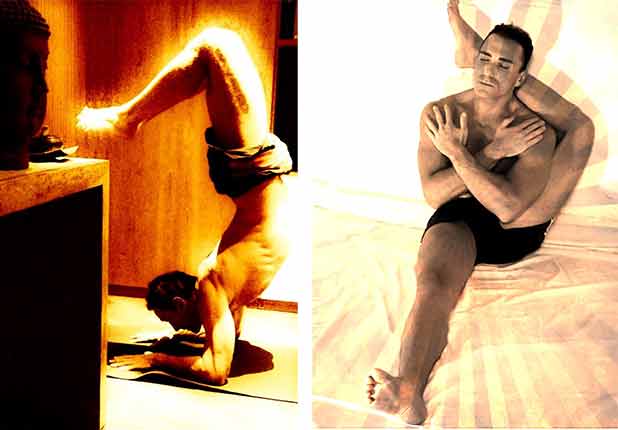
The different types of Yoga
To define the various types of yoga one should write an encyclopedia since it continues to be an evolving discipline (despite the “purists” ) that keeps on opening up more and more to different needs and cultures.
For practical reasons I will describe only the most popular and well known ones and from a practical point of view only (the class you can find in a studio) without involving any philosophy perspective (for that, see the “8 limbs of yoga”).
Starting with categories, we could talk about meditative yoga that incorporates meditation techniques (visualization, mantras- repetitions of sounds, etc.) and is usually static or with minimal physical movements and physical yoga (and by physical we mean that the body is involved in an active way but it’s never just about the body) that can be dynamic or not.
It’s important , in my opinion, to underline the difference between technique and attitude. Meditation is in fact a multi-faceted and separate technique to master the ability to clear the mind and can be incorporated into a yogic practice.
It is also a mental attitude able to upgrade any experience with a different approach and awareness. This way any yoga class can become, in the broadest sense, a form of meditation in motion without using any specific meditation technique.
[In the same manner, Pranayama is a set of respiratory techniques incorporable in a segment of yoga practice but, as an attitude, is retrievable in each session of yoga as breathing is always practiced with a particular focus.]
All physical yogas are Hatha but a hatha class nowadays is referred as a gentle practice with little sweat where to find countless asanas (postures) and many variations. Here, sequences of positions are repeated with short or longer breaks in between giving the student the opportunity to become familiar with the practice at the pace needed. As music always uses the same notes but in different ways to create different genres, so we could say that the same asanas are used in different combinations and ways to create different styles.
Iyengar yoga is based on the teachings of BKS Iyengar and focuses on proper form and alignment of the body. Therefore, there is an emphasis on the holding of each pose for a longer period of time. We can also use props like blocks and straps to help align the body better.
Kundalini, perhaps the most “esoteric” and introspective of all, adheres to more than one school of thought and provides classes always different ranging from exercises of meditation, use of mantras to more dynamic sequences often performed with the eyes closed. It’s also practiced by the followers of the Sikh religion (recognizable by the white clothes, unkempt beards and turbans) without this being a prerogative.
It’s interesting to notice that the name comes from the dormant energy called kundalini, located in the root chakra (energy center) between the sacrum and the perineum, which begins to awaken through constant practice.
This one later moves up through the other chakras (which become more open in time) aligned on the spine until reaching the top of the head creating a derivative sense of bliss that leads to the so-called “enlightenment.”
It’s evident that all yoga have the common goal of awakening the Kundalini even if the name is only used to define a specific style and tradition.
